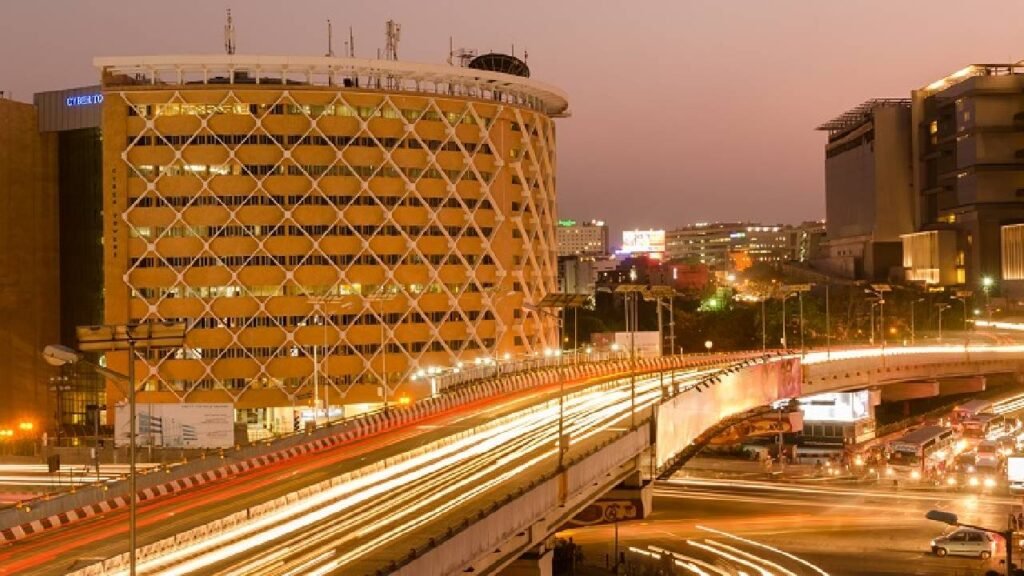Despite having a sizeable customer base with high consumption and retail spends, modern retail format stores and malls in Hyderabad stands at a meagre 9%, the lowest among top seven cities in the country. This reflects a big opportunity for growth, as per a report.
While it has been known for a while that Hyderabad is an underserviced modern retail market, research from Knight Frank suggests that the city is set to double its retail spends in five years and this perhaps will make the city be seen in highly favourable terms by PE funds and national builders alike.
Samantak Das, chief economist and national director, research, Knight Frank, says “Hyderabad per capita expenditure on consumption is higher than Chennai, but is a hugely underserviced. In our estimation, based on NSSO and many other inputs, in Hyderabad people are spending Rs.51,000 per person per year only on retail expenses (retail here not only includes apparel and fashions, but electronics, food, and so on). This money is being spent not only on mall and modern formats that is certainly driving spends, but also on the other smaller retail stores, including ecommerce. But as modern retail is only 9 % of total expenditure (Bangalore has 26 percent), there is a clear indicator of the space that can be occupied by modern retail format stores. Says Das, “In rest of the cities we have seen transformation towards modern retail a little earlier, but there also formats that have not been always successful in the past.”
Today, there is more clarity on what works with the Indian consumer in the long run. The location, store size, price points, product mix, catchment area, and overall experience decide if any retail mall works, as footfalls are not the only indicator. Even the convenience of the entrance and parking available matter, and India has any number of malls that don’t work as well as they could just for these reasons.
An interesting new trend is that many new malls are dedicating 35-40 percent space to f&b and entertainment while department stores in malls are truncating space as they are competing with entailers as well.
In a recent report JLL India stated “Fast fashion is emerging as an important and growing category in the Indian retail sector. Consumers, on an average, are buying apparel eight to ten times a year now compared to a few years ago, when it was lesser than half a dozen times. Retailers also now change their stock several times a year, and provide latest fashion merchandise all year around.”
While buyers are becoming more discerning, in India, destination malls have not worked so well. As per research, on an average, people do not want to drive more than 20 minutes to buy anything. So each modern retail format store normally works best when it serves the demography that surrounds it, unless it is a high-end premium store with exclusive products. Returns are also impacted when there are too many malls in one space.
Increasingly, across India, unless malls are delivering a somewhat unique experience, they are finding long-term loyalty difficult to sustain. It is estimated that by the year 2040, modern retail penetration in Hyderabad will increase to 50% from the current 9%, with both brick-and mortar and e-tail formats contributing significantly to the growth.
Dipal Gala, Times Property, The Times of India, Hyderabad

